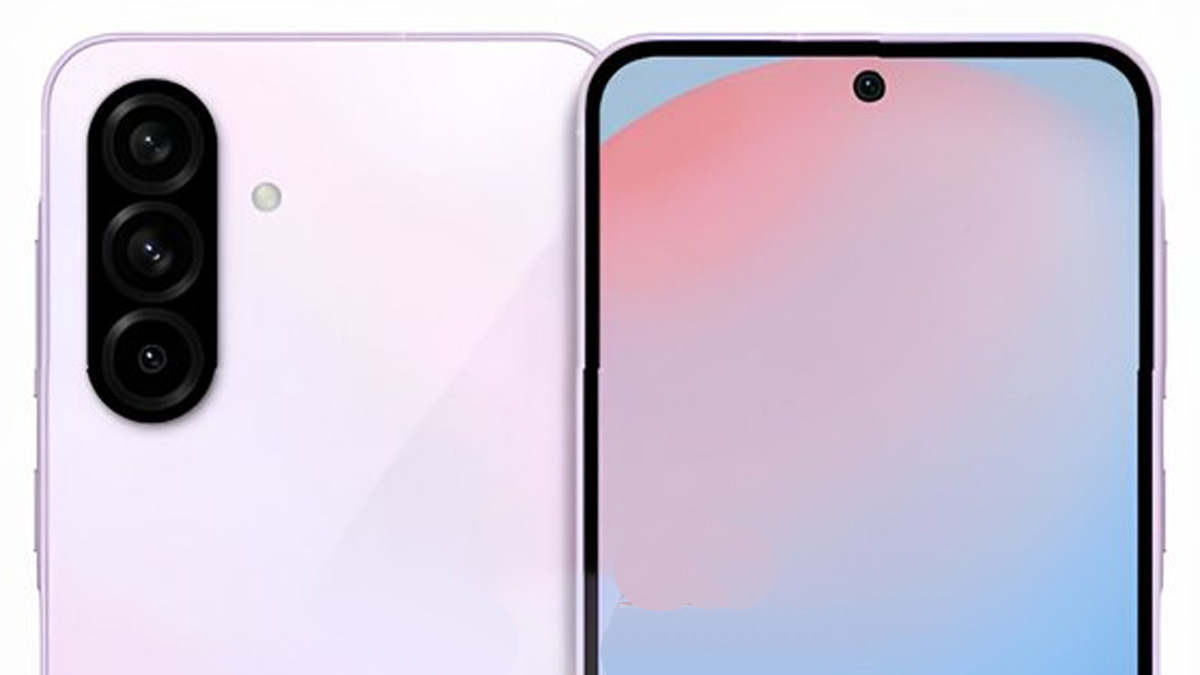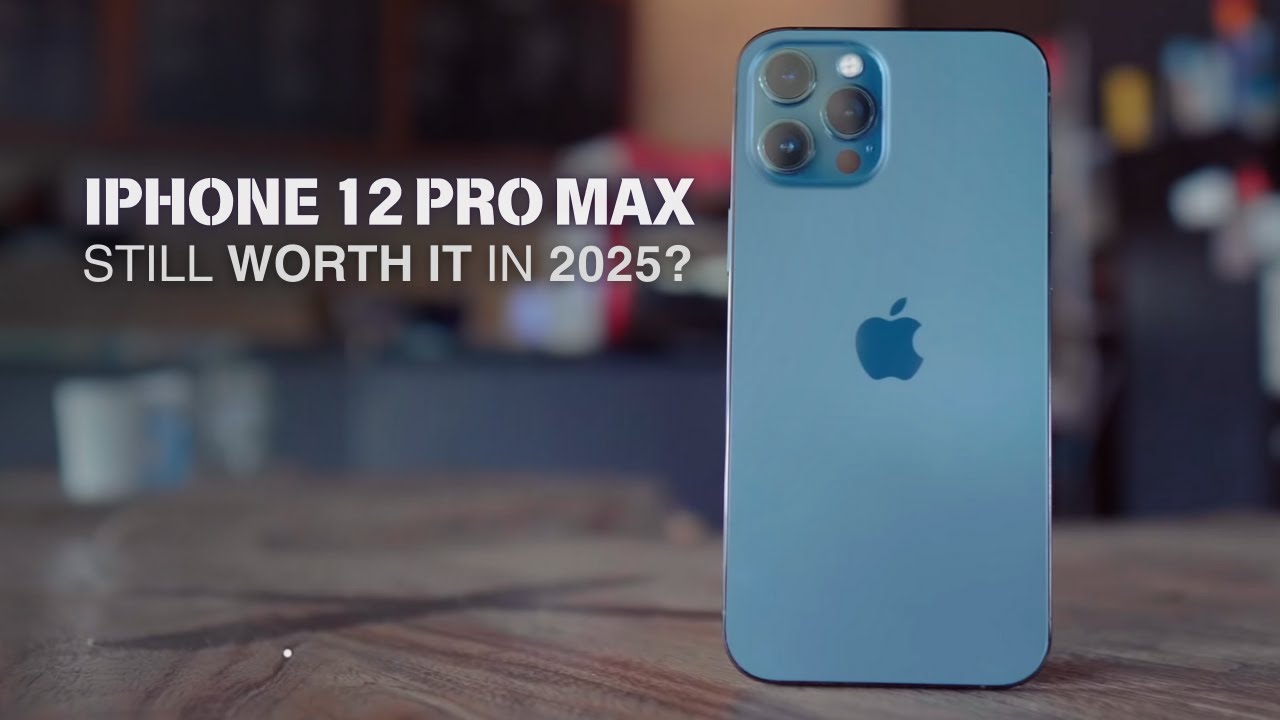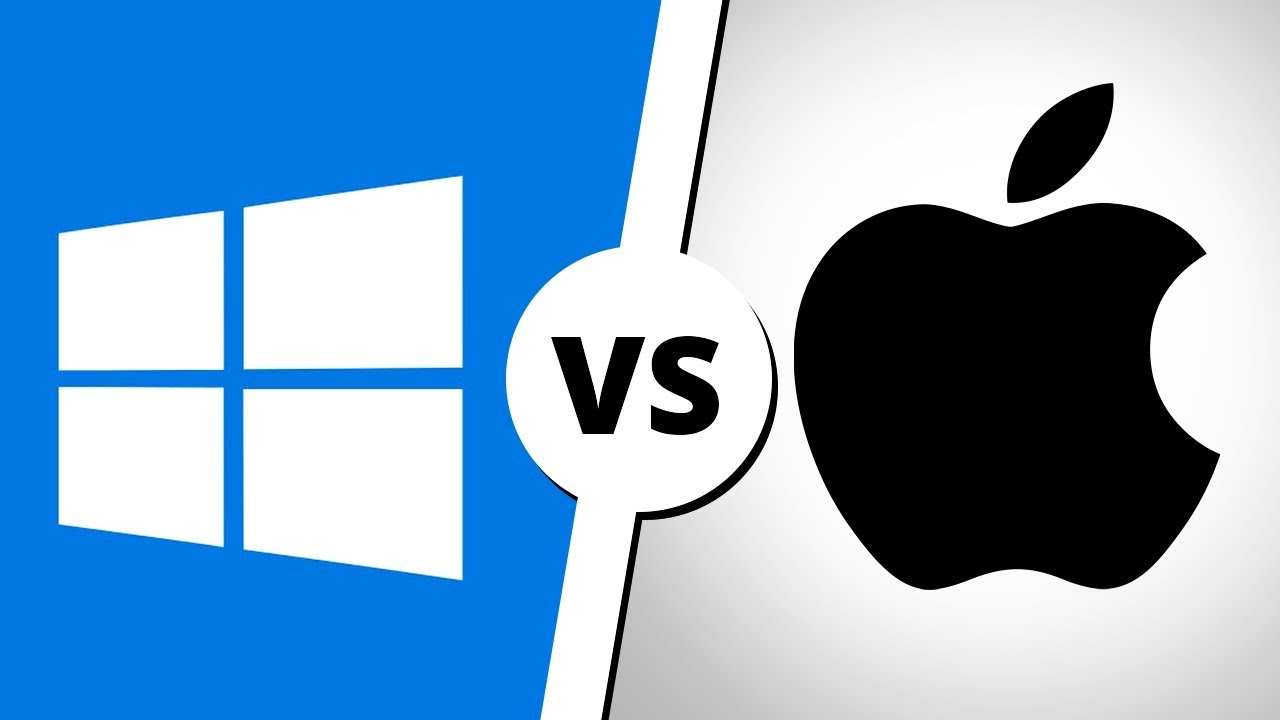What Innovations Can We Expect from Smartphones by 2025?
 Introduction
Introduction
Smartphones have come a long way since their inception. In the early days, they were simple communication devices, but today, they’re essentially mini-computers in our pockets. As we look to 2025, flagship smartphones are poised to undergo some revolutionary changes. With the rapid pace of technological advancements, what can we expect from the top-tier smartphones of the future?
In this blog post, we’ll break down the top 10 features we expect to see in flagship smartphones by 2025. From game-changing 5G improvements to more eco-conscious devices, we’ll explore the technologies that will shape the next generation of smartphones.
Read Also 10 Innovative Features of AI-Powered Smart Glasses
1. 5G Connectivity with Enhanced Speeds
When 5G was first introduced, it promised a drastic improvement over 4G, offering faster speeds and more reliable connections. However, by 2025, the technology is expected to be far more advanced. Expect faster data speeds, better coverage, and significantly lower latency.
-
What’s Next for 5G? By 2025, 5G networks will be ubiquitous, and smartphones will be able to handle speeds of up to 10Gbps (compared to the current maximum of around 1-2Gbps). This will mean smoother video streaming, faster downloads, and better support for data-heavy applications like AR and VR.
-
Impact on Daily Use: For everyday users, this could mean instant streaming, quick app load times, and virtually lag-free video calls. For professionals, expect cloud-based apps and software to run with almost no delay, making remote work more efficient than ever.
2. Under-Display Camera Technology

Currently, smartphone cameras are either housed in a notch or a hole-punch design, which detracts from the screen’s real estate. Under-display camera technology aims to fix this by hiding the camera beneath the screen itself, offering a full, uninterrupted display.
-
Why is this Important? With more and more brands opting for edge-to-edge displays, the under-display camera will allow for an even cleaner look. It’s a huge step forward in terms of design, offering the possibility of even larger displays without sacrificing camera quality.
-
Challenges to Overcome: The technology isn’t without its hurdles. In 2025, we expect to see significant improvements in camera quality, even when placed under the screen. Expect better sensors and algorithms to ensure that the camera’s performance matches that of traditional, non-hidden cameras.
3. Foldable and Rollable Screens
Foldable phones have been gaining traction since Samsung launched the Galaxy Z Fold series, but by 2025, the technology will be taken to new heights.
-
The Future of Foldable Phones: Foldable phones have already introduced a new level of convenience, allowing for a large screen that fits in your pocket. By 2025, expect foldable screens to be more durable, with faster fold-unfold mechanisms and better display protection. Brands will likely refine the design to offer thinner and lighter foldable devices.
-
Rollable Phones: Even more exciting is the rise of rollable screens. Imagine a phone that extends from a compact form factor into a large tablet-sized display. This could revolutionize how we interact with our devices, offering flexibility and portability in one device.
Read Also The Ultimate Guide to AI-Powered Smart Glasses: Features and Benefits
4. Advanced AI and Machine Learning Integration
Artificial intelligence (AI) is already making its way into smartphones, but it’s expected to become even more integrated by 2025. From optimizing battery life to enhancing photo quality, AI will have a massive influence on smartphones.
-
AI in Everyday Use: Expect AI-powered features to take things to the next level. For example, AI might predict your daily routine and adjust your phone’s settings accordingly (e.g., dimming the screen when you’re reading at night or offering quick access to frequently used apps).
-
AI in Photography: AI will also play a big role in improving smartphone cameras. Whether it’s enhancing night mode or offering automatic scene recognition, AI will continue to make photography easier and more accessible for everyone.
5. Enhanced Battery Life and Charging Speeds
One of the biggest pain points of smartphones today is battery life. While we’ve seen advancements in battery capacity and charging speeds, there’s still much room for improvement.
-
Battery Life Improvements: By 2025, we expect to see smartphones with batteries that last for longer periods without sacrificing device thickness. This could be achieved through new battery technologies, such as solid-state batteries, which are expected to provide more energy density while being safer and more durable.
-
Ultra-Fast Charging: We’ve seen some impressive charging speeds, but what if you could charge your phone to 50% in just 10 minutes? With the development of super-fast charging technology, we could see flagship smartphones fully charged in under 30 minutes by 2025, making battery anxiety a thing of the past.
6. Next-Gen Camera Systems with Better Night Mode and Zoom
Smartphone cameras have become one of the most important features for many consumers. By 2025, smartphone camera systems will continue to evolve, offering stunning capabilities for photography and videography.
-
Better Night Mode: Night mode has already improved significantly, but we expect it to go even further by 2025. AI will enhance low-light performance, allowing users to capture sharp, detailed photos in near-total darkness.
-
Zoom Capabilities: Expect better zoom lenses without the distortion that plagues current systems. By 2025, we may see smartphones with optical zoom capabilities that rival professional cameras.
7. Seamless AR Integration
Augmented reality (AR) is gradually becoming a part of our everyday lives, thanks to apps like Pokemon Go and AR features in social media platforms. By 2025, AR integration will be more seamless than ever.
-
Next-Level AR Features: Imagine walking through a shopping mall and being able to see product reviews, promotions, or directions directly on your phone screen as you look at different stores. AR will enhance shopping experiences, gaming, and navigation.
-
Smart Glasses and AR: Coupled with AR-enabled smart glasses, your smartphone will become even more of a central device for navigating and interacting with the world around you.
8. Longer Software Support and Updates
One area where many smartphones fall short is software updates. Many flagship smartphones receive updates for only a couple of years, and then they’re left behind.
-
What’s Changing in 2025? By 2025, we expect more brands to offer long-term software support, providing updates for five years or more. This will improve the overall longevity of devices and make consumers feel more confident in their smartphone investments.
9. Enhanced Security Features
Privacy and security are top concerns for smartphone users today, and by 2025, smartphone makers will be doubling down on advanced security features.
-
Biometric Advances: Expect advanced facial recognition and under-display fingerprint sensors to become more secure and faster. AI will play a large role in identifying and authenticating users quickly and accurately.
-
AI and Privacy: AI-powered systems will help protect user data by learning to recognize and thwart potential threats before they become a problem.
10. Sustainable and Eco-Friendly Materials
As consumers become more conscious of the environment, eco-friendly materials will become a top priority for smartphone manufacturers.
-
The Importance of Sustainability: Flagship smartphones by 2025 will likely use recyclable materials, biodegradable plastics, and even sustainable packaging. Brands will also focus on reducing the carbon footprint of their manufacturing processes.
Read Also What Are AI-Powered Smart Glasses and How Do They Work?
Conclusion
The smartphones of 2025 are going to be significantly more powerful, versatile, and user-friendly than anything we’ve seen before. From enhanced 5G connectivity to groundbreaking new designs like foldable and rollable screens, the next wave of flagship smartphones will redefine how we interact with technology.
The question is: are we ready for it?
FAQs
-
What will 5G do for smartphones in 2025? 5G will provide faster data speeds, better network reliability, and lower latency, making apps, video calls, and cloud-based services run more efficiently.
-
Are foldable phones the future of smartphones? Yes, foldable phones are a key part of the smartphone future. With advancements in durability and design, foldables will offer both portability and larger screen sizes.
-
How will AI impact smartphone photography? AI will continue to improve smartphone cameras by enhancing image quality, reducing noise in low-light environments, and providing automatic scene recognition.
-
What will smartphone security look like in 2025? Expect more advanced biometric security features like face recognition, under-display fingerprints, and AI-driven privacy protections.
-
How long should flagship phones last with software updates? By 2025, flagship phones should receive software updates for at least five years, improving device longevity and performance.







































